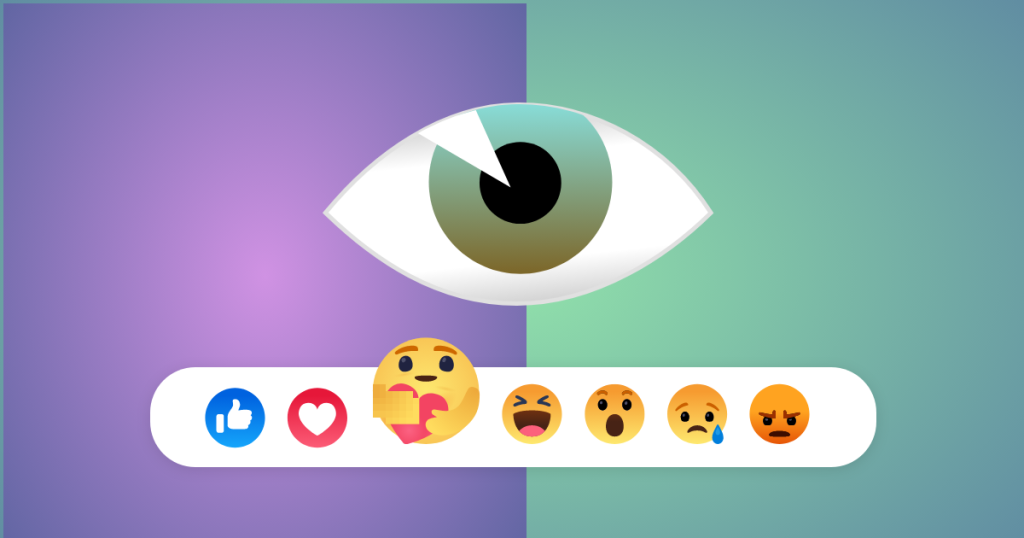Empathy — The non-secret ingredient we all want to grow (part 3)

Hello, I’m Iva Pérez. I’m the Experience Design team lead in Emakina, Belgium. I’ve always thought it’s good to introduce yourself when writing. It gives a sense of proximity and closeness, feelings that are closely related to empathy – the topic I’m about to share with you.
Think of this series of three articles as a special three-course meal, with a starter, main course, and delicious dessert, about a subject very close to my heart. Ps. I love food analogies!

Dessert. Embrace the facts of empathy.
Special ingredient: Design Thinking.
This is the last article of our empathy series. I’ve really enjoyed writing these blog posts. I’m not a professional writer (or intend on becoming one!) but writing about one of my favourite topics has been a delightful experience. I’m a fan of humans and our capabilities to come together and do amazing stuff.
And that’s what we do at Emakina – one of my happy places.
Emakina is a full-service digital agency. We apply a design-centric problem-solving approach to help our clients stay in the game, making their users happy while growing their businesses.
We live and breathe digital, yes, but we are passionate about building better products and connecting [businesses] more deeply with [their] audiences.
We know that empathy leads to more impactful campaigns, more memorable brand activations, more useful products, and more meaningful experiences. Therefore, it’s in our DNA to embrace, practice, and leverage this skill.
How do we put empathy into practice in Emakina?
Internally, we are a people-centred company. We take care of our talented colleagues. But that is not the topic of this last article.
I want to share how we apply this skill in our daily work for our clients and their users. Sharing is caring.
To recap, in the first article, I explained why empathy is essential for any business. In the second one, how to develop this skill. And to wrap up, I’ll describe how we apply empathy in our projects, specifically in the Experience Design (XD) team, where our main responsibility is the strategy which leads to the creation of new digital services and products.

The answer is in two words: Design Thinking.
Our team is anchored in this mindset and methodology. It guides the way we think, analyse, create and operate.
We use the double diamond framework to explain the phases of this methodology. It’s a visual representation of the main stages:
- Identifying the crucial problems to solve (problem space) and
- Iterating our ideas with the target audience through prototypes until we identify the best solution/experience (solution space).
I won’t explain the phases of this methodology as you can find plenty of information about it online. Instead, I’ll share the key activities we embrace and practice in this approach to bring empathy to users:
- Scope. We start our projects by teaming up with our clients to outline a clear picture of the situation we are trying to improve, and for whom.
- People. After understanding the situation, we deep-dive into the people involved: internal stakeholders and external users. We get to know the target audience at all levels. Sometimes, we don’t have the opportunity to discover the target audience through our own research, then we rely on previous studies, data, or any information our clients can provide about their users.
- Then we challenge it. After our analysis, we start framing assumptions about the target market, framing questions that will allow us to identify the core problems they might be facing. Finally, we bring these questions to internal stakeholders and, if possible, to real users to gather factual evidence. For us, design thinking should be an empirical process of gathering data to make informed decisions.
- Synthesis. This is the hidden step. After (in)validating our assumptions and gathering more inputs about the problems the target is facing, we synthesise the information, building the key insights that will lead our design process. This step is vital in a design-centric approach.
I’ll use a parenthesis here.
People tend to think that we ask the user what they want in this step, but that approach is wrong. Users are experts in their problems. That’s what we want to hear and that’s why it’s vital to be empathic. Likewise, we are experts in building solutions. But, if we don’t understand what users are trying to achieve (jobs-to-be-done) and what barriers they are facing, we can’t design a solution that enables them to thrive, helps them achieve a goal, and engages with them.
The worst practice in synthesising and building insights is to assume you know the user without any accurate data supporting your knowledge.
There is an even worse situation when you have people designing the solution act like end users – pretending the solution is for themselves.
If you’re experiencing that, run a mile. Talk to your colleagues and make them understand the danger of this behaviour. You will miss important information if you pretend to be the user. This bias will lead the design process, and the margin of failure will increase because you have ignored the context of the actual users.
Avoid this pitfall, don’t fall into the “I am also a user…” trap.
I would recommend using a design strategist with good critical thinking skills who can bring an objective perspective. Making sense of all the information gathered is crucial in determining the solution focus.
I’d dare to say that synthesis is the most crucial part of the design thinking process – yet not everyone talks extensively about it.
- Direction. Once the problems to solve are clear, aligned to our clients’ purpose and adhering to consistent brand guidelines, we start our ideate-test-prototype cycle with real users. This is the solution space. How might we (HMW) questions is the technique we use to reframe problems as opportunities and kickstart the second diamond.
- Ideas vs solution. We start the second diamond by ideating potential solutions for the identified HMW questions. The ideation process can be done through co-creation activities with our clients, their end-users and our experts. These ideas need to be challenged by actual end-users. Their critique is crucial to understand what works and what doesn’t, what we need to improve, dismiss, and iterate.
Once we iterate our ideas, the solution also starts to become more evident. The tech strategy gets the necessary inputs to build a foundation and our clients can see the big picture of what is needed internally to put the solution in place. In the end, digital solutions bring about digital transformations and, as technology evolves, our way of working and delivering our services is also in a constant state of evolution.
It’s important to keep listening to our clients and their users, connecting with them, and establishing meaningful and honest relationships that feed our design thinking approach.
You might ask, do you always go through all these steps in your projects?
The answer is no. This design approach is flexible and needs to be flexible because not all our clients have the same knowledge about their users. Not all have tried something before that worked or didn’t. Not all of them have the same level of digital maturity. So we adapt. But we always challenge – always. Because in challenging the information we get, we find ways to innovate. You don’t surprise your users by using the same information all the time. You surprise your audience by providing something new, and to do so, you need to find new insights. You need to hear, listen and watch the user.
What happens with clients who don’t want to talk to users and just use the information they have?
My advice is to be transparent and guide them. Sometimes we need to educate our clients on the best way to proceed. We need to explain the danger of blindly designing specific solutions because our clients are investing money, and we want their money to have a return. We want them to succeed.
Some will say it is a budget constraint and ask us to come up with creative solutions or lean ways to engage with real users. And believe me, we can. We can be lean and creative. But what we also see is fear. Fear of talking to users, getting new information, challenging the facts they think they know and is familiar, fear of change. But people evolve and users evolve. So, the fear is real and valid.
My advice in tackling the fear is to not get paralysed by it. Instead, find a partner that takes you through this journey with an empathetic approach. A partner who cares about your business and your users. A partner who listens and embraces emotions. As the User Agency, we are here for that. And we love it.
Our recent blog posts
See all blogs-
How is AI’s synthetic data enhancing User Experience Research? Technology

-
Web3.AI Rising : How new technology can add value to your business

-
How generative AI helped us create an e-commerce app – with personalised content – in just 2 weeks Technology

-
Can you build a foodie app in 3 days using Generative AI? (Spoiler alert: yes!)

